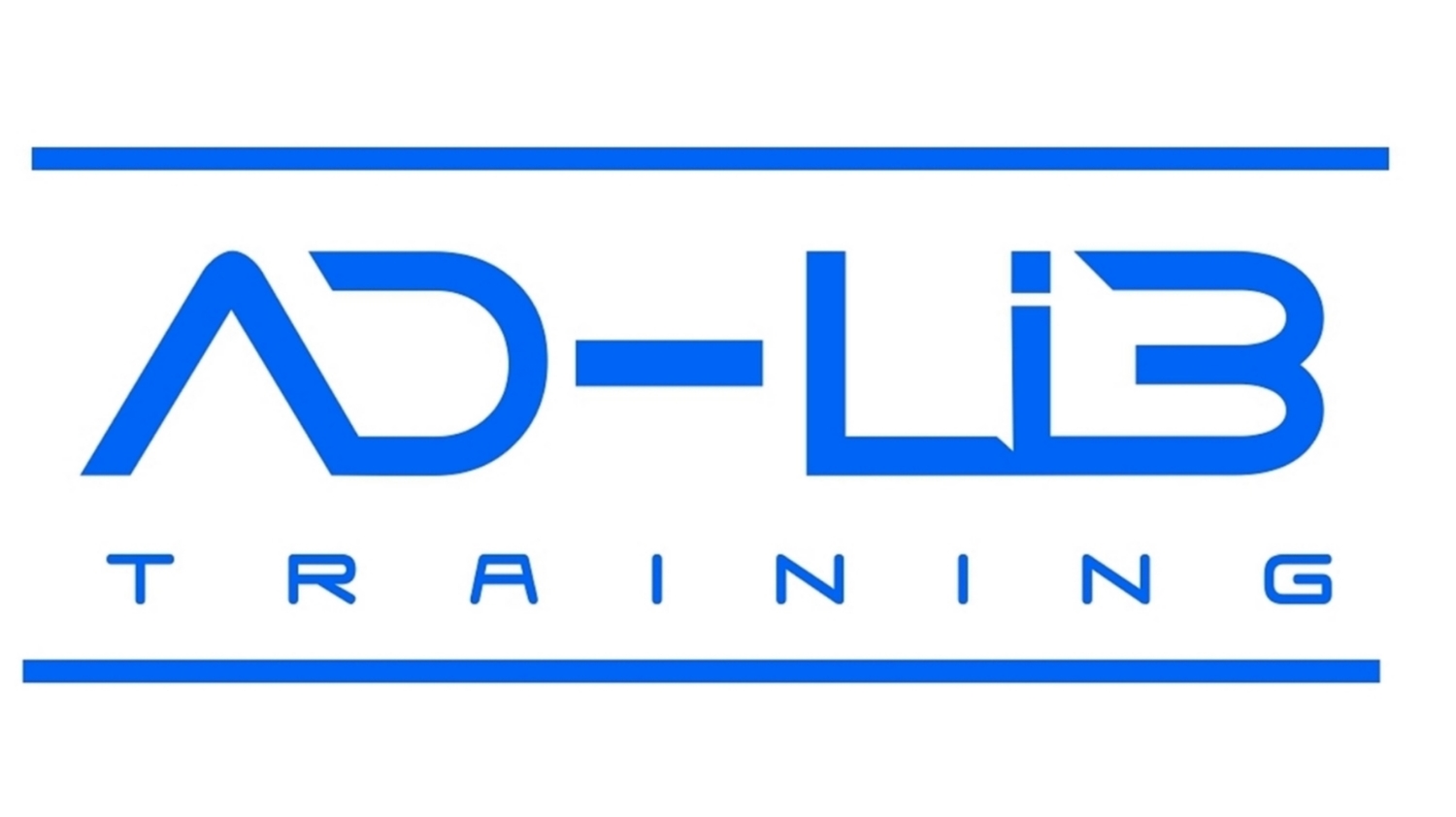Being in the great outdoors, is known to have both mental and physical health benefits. Improving your focus and quality of sleep. There are cardiovascular health benefits, as well as reducing stress and depression to name but a few. The list is endless!
The promotion of walking outdoors is prescribed by fitness instructors, exercise referral instructors, health specialists, doctors, etc. to get individuals physically active, as well as a method to aid mental health conditions.
One great benefit to getting outdoors is that it is free to do, it is accessible to all, whether you walk along the beach, in the woods, around the park with the dog or to the shops! Urban walks, countryside or coastal walks all provide an individual opportunity to work on their health. They all have their benefits, but how can we use the outdoor environment to progress our physical activity? How can we take that next step to interact with the environment further, but also build on the intensity of the workout to improve our fitness? Let’s explore this in more detail.
The environment can be used for both resistance training and mindfulness, as well as for cardiovascular training methods. Running and walking are usually what people consider first when talking about training outdoors (unless you are an outdoor sportsperson), but it doesn’t have to be the only way you can enjoy time outdoors for someone who doesn’t have a specific training target.
Here are a few ideas to get you utilising the environment to your benefit. Put the phone in your pocket and leave any headphones at home today. Maybe find a fitness buddy and ‘take-in’ your environment. These ideas are a great way to introduce you to exploring your physical activity intensity levels, and all can be completed at a beginner level.
1. Lamp Posts
You can use lamp posts, trees or any sort of repetitive object to apply an interval approach to your session. For example, I may walk to one lamp post and then when I get there, I pick up my pace or possibly do lunges to the next lamp post. When I reach the second lamp post I could change the exercise or go back to walking. Using objects in the distance gives you opportunity to play around with intensity and speed levels. It keeps the session interesting, taking you away from a continuous approach, at a lower intensity. This can be fun if you play around with the exercises in the peaks. Be creative.
2. Bench/Tree
You could use a bench, tree or even a wall to support your weight to complete body weight exercises. For example, you could do press ups on a bench or triceps dips. You could hold a squat whilst leaning against a tree. Have a list of 3 – 5 body weight exercises you want to try out in a session and use these as your intervals when you come across an item which can support your weight in between the walking or running. You could repeat the body weight exercises and make a circuit of it.
3. Terrain
Try out different terrain to provide resistance training to your walk or run. Be careful of any wet areas, as you don’t want to slip but a change in terrain or incline can alter a session a lot.
4. Leaves
On a slower walk, pay attention to the leaves (or sounds if there are no trees). Have an awareness of your environment and pay attention to the detail. Look at the different coloured leaves, go close to look at the texture and patterns, the veins. This focus acts as mindfulness. If possible, pause your walk and close your eyes to listen to the sounds around you. Can you hear a bird sing? Can you hear the wind? Or any subtle sounds in the distance? This gives you time to pause and concentrate on one thing rather than worrying about your ‘to do lists’ at home.
5. Park
At a quiet time, go to the park. Go on the swings, balance on the beam, use the monkey bars, and climb the frame. The park can provide fun activities and use muscles you haven’t used in a while. Why not take the family? Find your inner child.
Please remember to wear suitable footwear and clothing, based on the weather for all these activities. Suitable clothing can have a big impact on the enjoyment of the activity. Have water with you and if it’s hot, have sunscreen available and know where the shade is if you don’t have a hat on!
These ideas are just a start to build on your outdoor training. Why not share your ideas below on how you pick up your intensity when out and about.
At Ad-Lib training, we have training opportunities for groups who want to encourage outdoor training within their community. If this is something which interests you and your workplace, get in touch to discuss opportunities!

